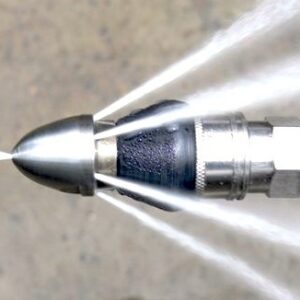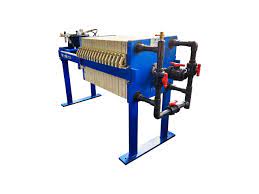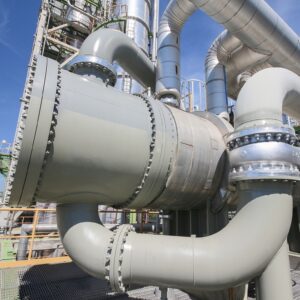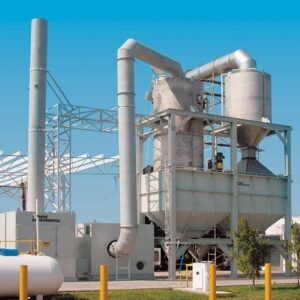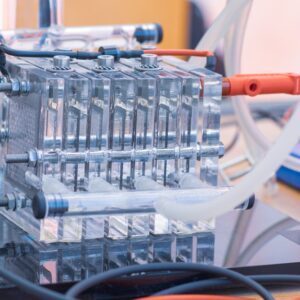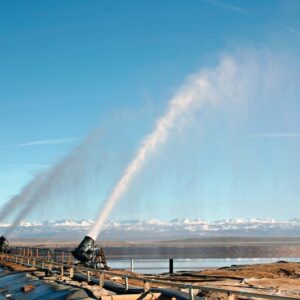Description
Animal incinerators are specialized equipment designed to safely and efficiently dispose of animal carcasses, veterinary waste, and by-products through high- temperature combustion. They are equipped with advanced features to comply with environmental regulations and mitigate the risk of disease transmission.
IMPORTANCE OF ANIMAL INCINERATORS
• Animal incinerators play a crucial role in protecting public health by preventing the spread of harmful pathogens and preventing groundwater contamination.
• Immediate disposal of animal remains also helps maintain hygienic environments and prevent the proliferation of disease-carrying vectors.
• These incinerators contribute to reducing greenhouse gas emissions compared to alternative disposal methods such as burial or landfilling.
APPLICATIONS
• Veterinary clinics and hospitals: Animal incinerators ensure proper disposal of carcasses, tissues, blood, and contagious waste while maintaining a sterile environment.
• Animal farms: Incinerators efficiently manage mortalities, placental tissues, and contaminated feed, preventing the spread of diseases among livestock populations and safeguarding their well-being.
• Research facilities: Animal incinerators are utilized in the disposal of laboratory animals, ensuring containment of potential pathogens and protecting researchers and the environment.
ADVANTAGES OF ANIMAL INCINERATORS
• Biosecurity: The high-temperature combustion process eliminates pathogens, viruses, and bacteria, reducing the risk of disease transmission.
• Environmental compatibility: Incinerators are designed with advanced pollution control systems to minimize emissions, ensuring compliance with local regulations.
• Waste reduction: Incinerators convert animal waste into sterile ash, significantly reducing waste volume and the need for landfill space.
• Cost-efficient: Operating an animal incinerator provides a cost-effective solution for disposing of animal carcasses, eliminating the need for outsourcing or transportation costs.
TYPES OF ANIMAL INCINERATORS
Small-scale: Ideal for veterinary clinics and smaller livestock farms, these models can handle up to 50 kg of animal carcasses per hour.
Medium-scale: Suitable for larger veterinary clinics, research facilities, and farms. These models handle up to 500 kg per hour.
Large-scale: Designed for municipal authorities, rendering plants, or large commercial livestock operations, these models have a capacity of 1,000 kg or more per hour.
WE OFFER FOLLOWING TYPES OF ANIMAL INCINERATORS THAT ARE TAILORED TO MEET YOUR EXQUISITE NEEDS:
ANIMAL WASTE INCINERATOR
Designed for animal farms, slaughterhouses, meat processing plants, and other animal- based businesses.
• It is suitable for the efficient disposal of all types of animal waste
AGRICULTURAL INCINERATOR
Designed for use in the agricultural sector and other animal-based applications.
• They are ideal for the disposal of animal waste, including carcasses, manure, and other organic materials.
POULTRY INCINERATOR
Designed specifically for the disposal of poultry waste, including carcasses, feathers, and other by-products.
• They are commonly used in poultry farms and processing plants.
PIG INCINERATOR
Designed for the disposal of pig waste, including carcasses, manure, and other organic materials.
• They are commonly used in pig farms and processing plants.
CATTLE INCINERATOR
Designed for the disposal of cattle waste, including carcasses, manure, and other organic materials.
• They are commonly used in cattle farms and processing plants.
HORSE INCINERATOR
Designed for the disposal of horse waste, including carcasses, manure, and other organic materials.
• They are commonly used in horse farms and other equine facilities
DETAILED SPECIFICATIONS
• Primary Chamber: Constructed using high-quality refractory materials to withstand high temperatures (up to 1,200°C) and provide optimal combustion.
• Secondary Chamber: Equipped with advanced technology, such as afterburners, to ensure complete combustion and minimize emissions.
• Pollution Control Systems: Incorporates features like flue gas treatment systems, electrostatic precipitators, and scrubbers to reduce particulate matter, gases, and odors.
• Control Panel: Allows operators to monitor and control temperature, airflow, and incineration duration.
• Fuel Options: Supports a variety of fuel sources, including diesel, natural gas, propane, or electricity.
• Safety Features: Includes automatic shutdown systems in case of abnormal temperature or pressure fluctuations.
CONCLUSION
• Animal incinerators are essential for the safe and efficient disposal of animal waste and carcasses, contributing significantly to public health and environmental safety.
• Their advantages, including biosecurity, waste reduction, and cost-efficiency, make them an indispensable solution in various settings.
• The different types and detailed specifications ensure that there is a suitable incinerator for the specific needs and requirements of veterinary clinics, farms, and research facilities.


